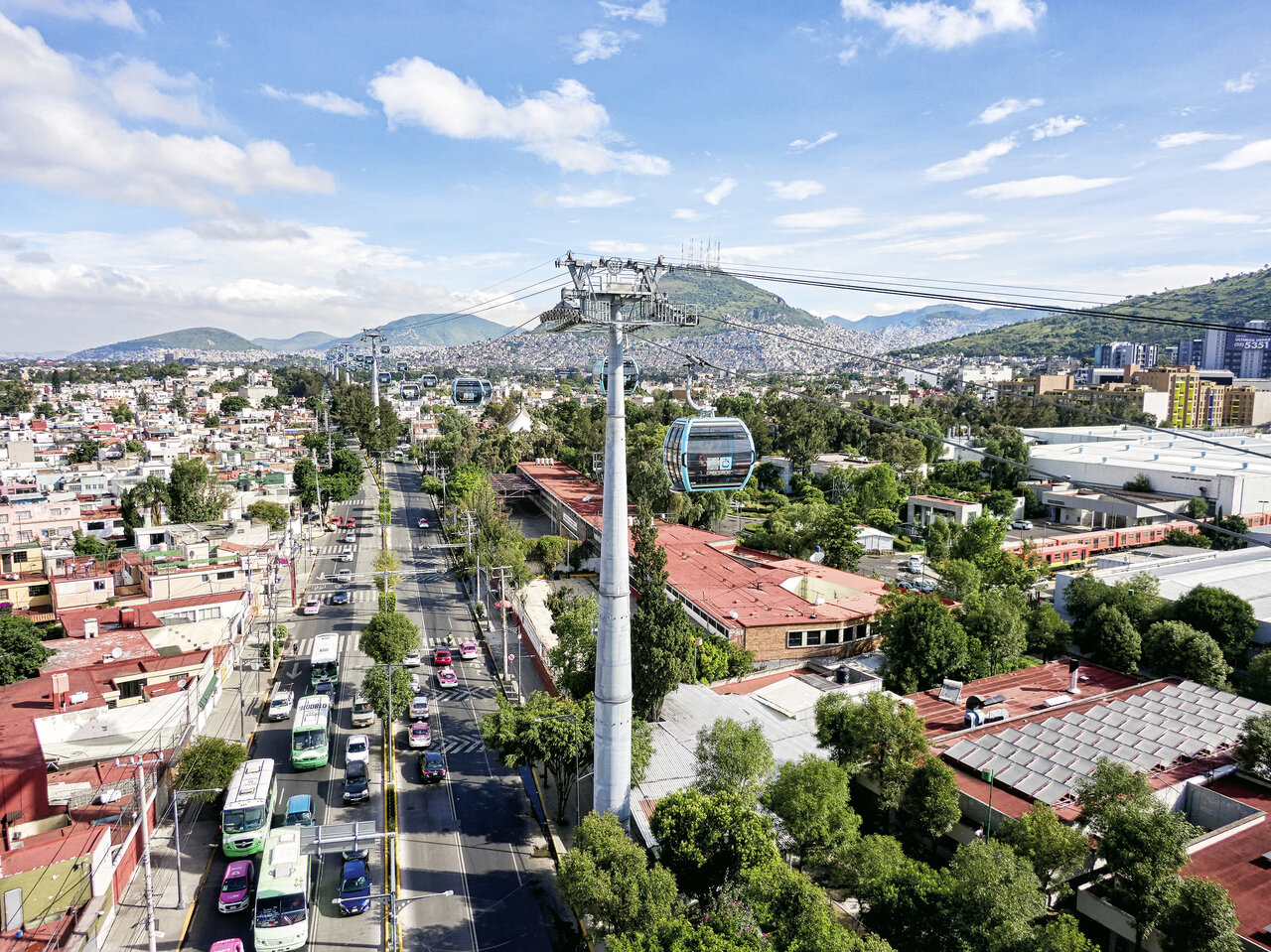Latin America Relies on Cable Cars for Public Transport
(eap) In many Latin American countries, the advantages of ropeways as a means of public transport in urban areas have been appreciated for many years. The Austrian Doppelmayr Group is currently implementing five new urban installations in Bogotá, Mexico City, Uruapan and Santiago de Chile.
In Colombia’s capital Bogotá, the 3.3-kilometre-long 10-passenger gondola lift “Cable Aéreo de Potosí” is scheduled to go into operation in 2027. Around 600,000 inhabitants are expected to benefit from the connection in future.“The new ropeway will enable our citizens to save 30 minutes on their daily journeys. In addition, we will be adding new social amenities to the four stations. These will include schools, nurseries, care facilities and centers for health, culture and sports. As a consequence, this project will help to boost quality of life for the people in our city,” said Claudia López Hernández, Bogotá’s former mayor.
In Mexico City, the “Cablebús Linea 3”, the city’s third cable car line is under construction. It will connect Los Pinos/Constituyentes and Vasco de Quiroga over a distance of 5.5 kilometres, have six stations and boast a capacity for twelve million passengers per year in its final expansion stage. In the large city of Uruapan, Mexico’s longest urban cable car is currently under construction with a length of over eight kilometres (see EAP News of 27.10.2023). Furthermore, in Santiago de (Chile), the go-ahead was recently given for the construction of an urban cable car. The approximately 3.4-kilometre-long cable car route will connect three municipalities and is scheduled to go into operation in 2026. ■







